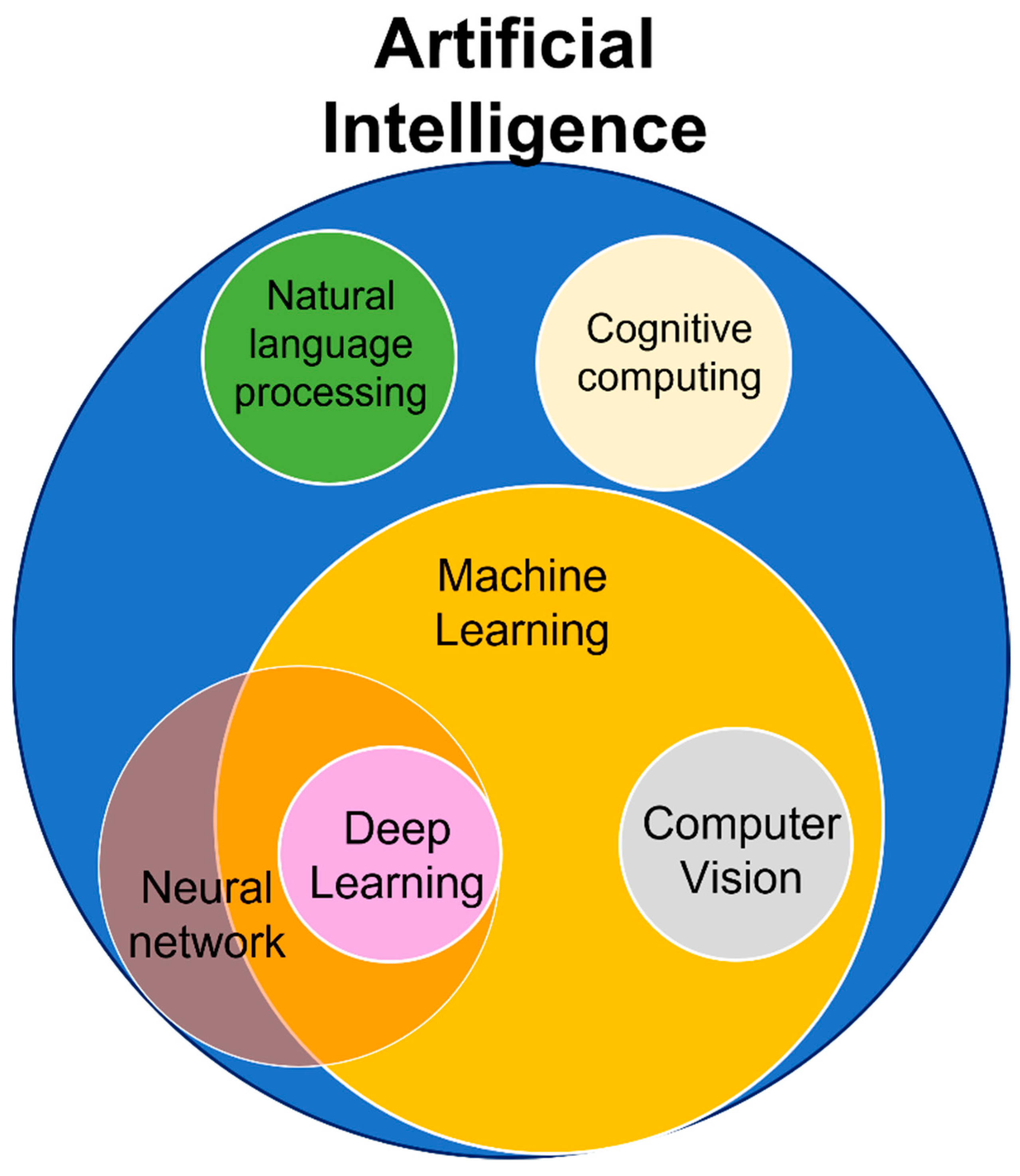Table of contents
Welcome back to the AI blog series. In this third instalment, I will be discussing the different components that make up AI. AI is a vast field that encompasses many different techniques and technologies, and understanding its various components is key to understanding how AI works and its potential applications.

Artificial intelligence (AI) is a multidisciplinary field that draws from computer science, mathematics, statistics, psychology, and linguistics. To build intelligent machines, researchers and developers rely on a range of techniques and tools, including machine learning, natural language processing, and robotics.
Machine Learning

Machine learning is a subfield of AI that focuses on building algorithms that can learn from and make predictions on data. It involves creating models that can automatically improve their performance on a task as they are exposed to more data. Machine learning has several applications in various industries, such as finance, healthcare, and marketing. For example, banks use machine learning algorithms to detect fraudulent activities in transactions, while hospitals use them to predict patient outcomes and diagnose diseases.
Natural Language Processing (NLP)

Natural language processing (NLP) is another key component of AI that involves teaching machines to understand and interpret human language. This involves breaking down language into its parts, such as grammar, syntax, and semantics, and developing algorithms that can analyze and understand those parts. NLP is used in a variety of applications, including chatbots, virtual assistants, sentiment analysis, and machine translation.
Robotics

Robotics is a field of study that focuses on creating machines that can perceive, reason, and act autonomously. Robotics combines several other fields, including computer vision, machine learning, and natural language processing. Robots have several applications, such as manufacturing, logistics, and healthcare. For example, robots are used in the automotive industry to automate assembly line tasks, while in healthcare, robots are used for surgical procedures and as telepresence robots to allow doctors to communicate with patients remotely.

In addition to these core components, AI also draws on a range of other disciplines, including computer vision, cognitive computing, and deep learning. Computer vision involves teaching machines to interpret and analyze visual data, such as images and videos. Cognitive computing involves developing algorithms that can mimic human thought processes, such as reasoning and decision-making. Deep learning is a type of machine learning that involves training neural networks with multiple layers to perform complex tasks, such as speech recognition and image classification.
Overall, the components of AI work together to create intelligent machines that can learn, reason, and interact with the world around them. As AI continues to evolve and improve, we will likely see many new and exciting applications emerge in a range of industries.
Thank you for reading this blog on the components of AI. We hope you found it informative and insightful. Stay tuned for our next blog, where we will discuss the various advantages of AI.


